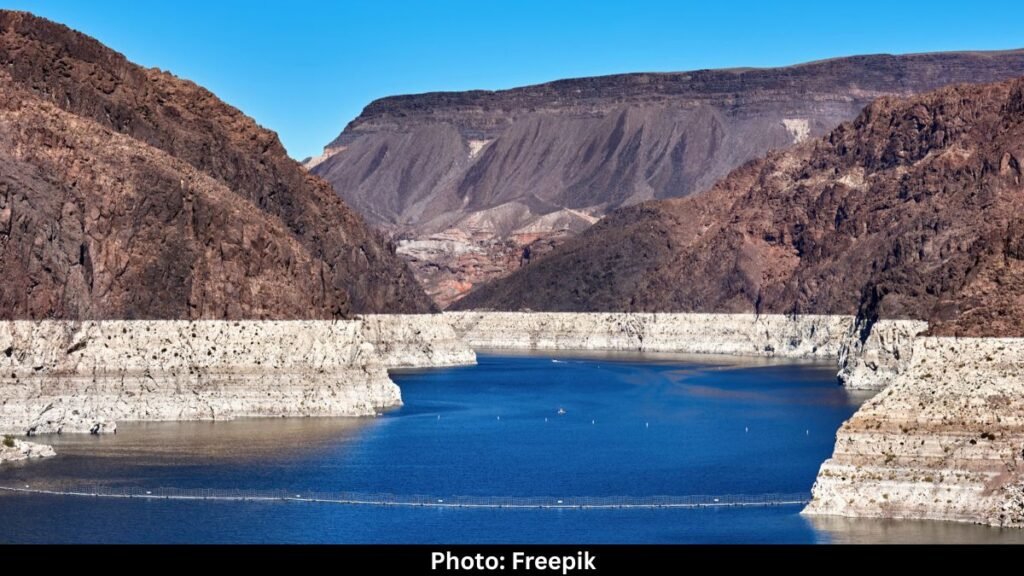China has just kicked off construction of a colossal hydropower dam on the Yarlung Tsangpo River, better known as the Brahmaputra once it enters India. It’s happening in Tibet’s Nyingchi region, close to the Arunachal Pradesh border.
Here’s the thing. This project isn’t just big. At around $167.8 billion, it’s set to become the most expensive infrastructure project in the world. Even China’s Three Gorges Dam looks small in comparison.
What This Dam Will Do
Once operational, the dam is expected to generate over 300 billion kilowatt-hours of electricity every year. That’s enough to power over 300 million people. Most of that energy will feed into China’s national grid, while some will meet local demand in Tibet.
The Chinese government approved the project in December 2024, and construction has already begun. The dam will sit in a deep Himalayan valley where the river takes a sharp turn before entering India and eventually Bangladesh.
Why India and Bangladesh Are Worried
This isn’t just about electricity. The Brahmaputra is a lifeline for millions in India and Bangladesh. With a dam this size upstream, China could control the water flow downstream, especially during monsoon floods or extended dry spells.
In a worst-case scenario, it’s like having a water switch that can be turned on or off based on political circumstances. That’s why Indian officials are watching this project very closely.
Is It Safe to Build Here?
Here’s where it gets more complicated. The dam is being built in a seismically active region. The Himalayas are no strangers to large earthquakes. That means the engineering has to be exceptionally strong, and any failure could cause serious damage.
Add to that the lack of transparency from China. So far, very little technical information has been shared with neighboring countries. That only adds to the concerns.
The Political Message Behind the Dam
Projects like this aren’t just about electricity. They’re also about control. Building something this massive in Tibet helps China tighten its grip on a strategically sensitive region. It sends a message of confidence, long-term presence, and dominance to both its citizens and the rest of the world.
Meanwhile, Europe Is Removing Dams
Here’s the contrast. While China is building bigger and more powerful dams, Europe is taking the opposite approach by removing old ones.
By 2023, 15 European countries had dismantled 487 dams. Their goal is to restore rivers to their natural flow and bring back aquatic ecosystems. By 2030, the target is to reopen 25,000 kilometers of rivers.
Why? Old dams block fish migration, disrupt sediment flow, and aren’t worth the cost of upkeep anymore. Many no longer produce enough power to justify the environmental damage they cause.
What’s Driving These Opposite Trends?
It’s not about right or wrong. It’s about priorities.
China is still focused on rapid growth and rising energy needs. Hydropower helps reduce coal dependency and brings development to remote regions like Tibet. It’s a tool for energy security, regional control, and infrastructure expansion.
Europe, on the other hand, has already built its energy systems. Now it’s focused on restoration, sustainability, and adapting to climate change. Many old dams simply don’t make economic or environmental sense anymore.
What This Really Means for the Region
The Brahmaputra dam could reshape how water is shared across South Asia. It brings a new layer of uncertainty—ecological, strategic, and political.
If managed well, it could be a major win for clean energy. But if it’s mishandled or used as political leverage, the consequences could ripple across millions of lives downstream.
India, in response, is planning its own dams on the Brahmaputra. But this has moved beyond a power project. It’s now a test of cooperation, strategy, and long-term thinking.
Read More: “60 Is the New 30” Isn’t a Joke, Here’s Why That Matters
Watch India Pakistan Breaking News on The Ink Post. Get Latest Updates, Latest News on Movies, Breaking News On India, World, Explainers.
Follow us on Facebook and Instagram and LinkedIn and Twitter to Stay updated!




